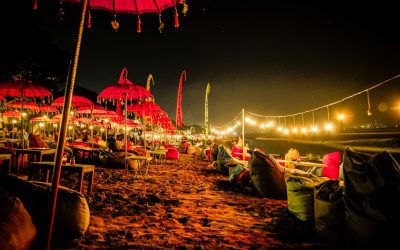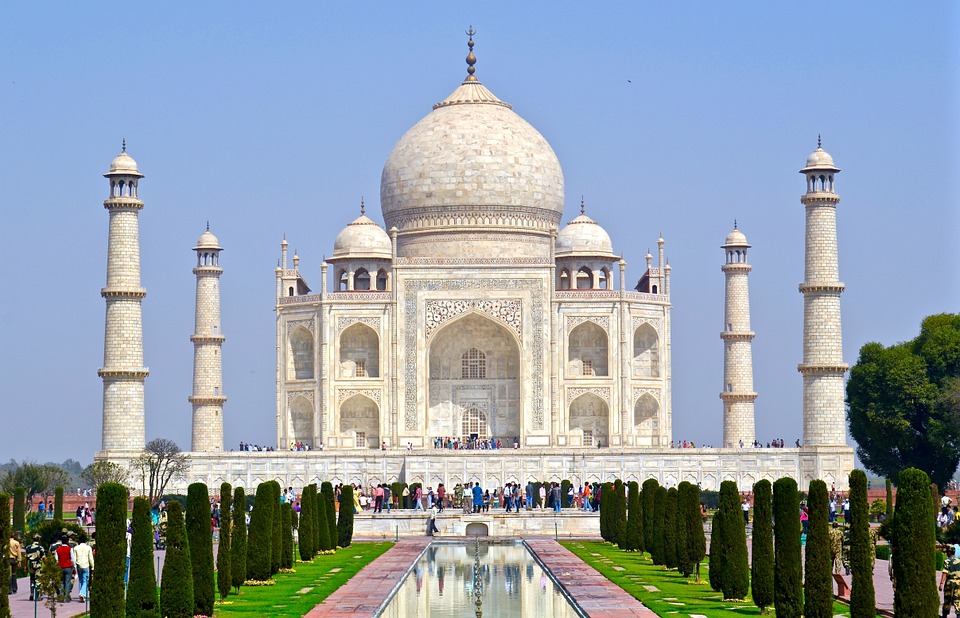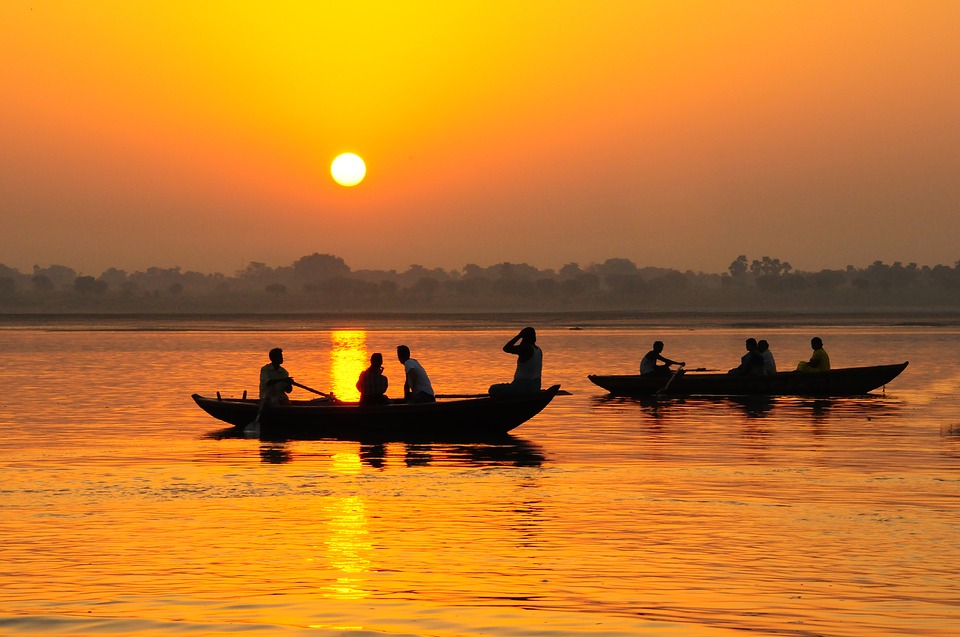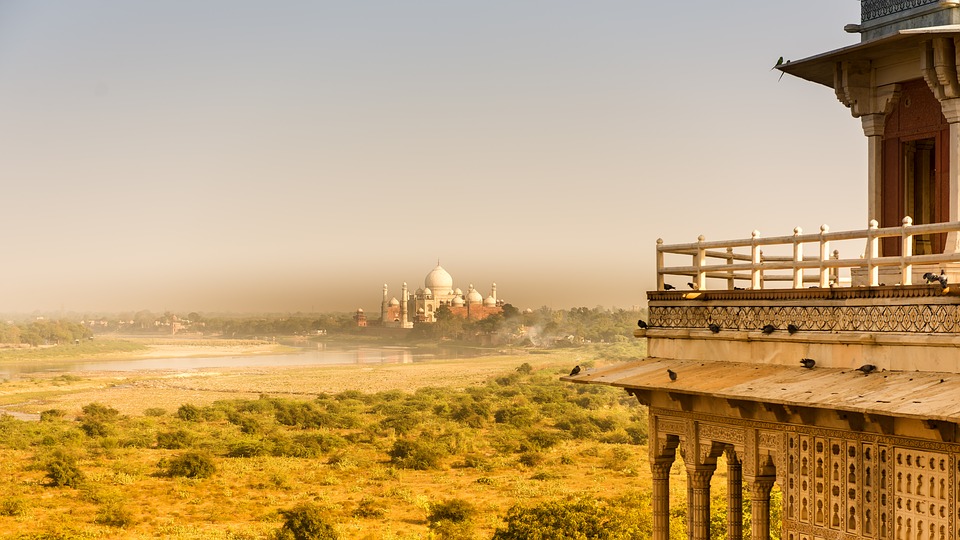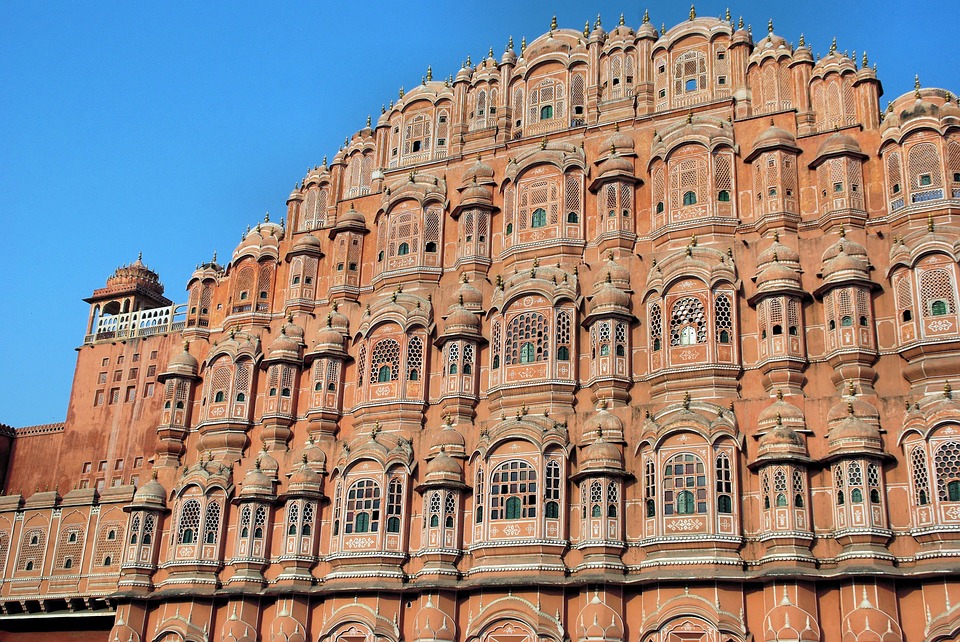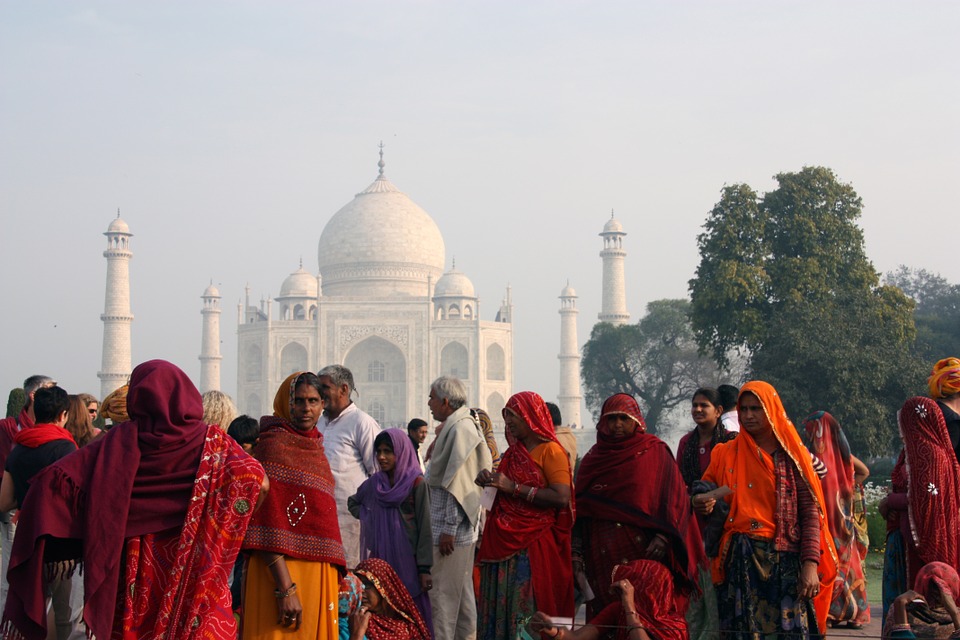Explore the World Through Geography, Natural Resources & Daily History
Clear, reliable and engaging guides that help you understand our planet — from UK geography education to global natural resources and On This Day history events.
Explore, discover, and learn about the wonders of our world! At Earth Site, we’re passionate about bringing geography, history, and science to life for curious minds of all ages. Whether you’re delving into historical events, uncovering the mysteries of the natural world, or seeking interactive resources, you’re in the right place.
Here, you can uncover the stories behind historical events, explore the natural wonders of our planet, and gain valuable insights into how the Earth’s systems shape our daily lives. From the towering peaks of mountain ranges to the far-reaching impacts of human innovation, we aim to make every topic both engaging and informative.
Start your journey of discovery with us today, and let’s make learning an adventure!
What We Cover
Earth Site brings together engaging and accessible educational content designed to help you understand the world, its history, and its natural systems.
🌍 Geography Education (UK & Worldwide)
We publish clear, easy-to-understand geography resources for students, teachers and curious learners. Our guides support geography education in the UK and cover physical geography, climate, ecosystems, population, and global development.
⛏️ Natural Resources & Environmental Geography
Explore detailed country profiles covering natural resources, mining, energy, geology and global environmental challenges. We show how nations manage minerals, water, land and ecosystems, and why these resources matter.
📅 On This Day in History
Every day has a story. Our On This Day history series features major events, anniversaries, traditions, and cultural milestones from around the world — with timelines, context, and fun facts.
TIMELINE
Population Density of Indonesia
Population Density of Indonesia Indonesia is the fourth most populous country in the world, with a population of over 270 million people. The country is made up of thousands of islands, and its population is distributed unevenly across the archipelago. The population density in Indonesia is one of the highest in the world, with an average of 149 people per square kilometre. However, this average masks significant regional variations, with some areas being densely populated while others are sparsely populated. The high population density in Indonesia presents a range of challenges for the country, including pressure on infrastructure and resources, as well as environmental and social issues.The population density in Indonesia is influenced by a range of factors, including historical, geographical, and socio-economic factors. The country’s population has been growing rapidly in recent decades, driven by high fertility rates and declining mortality rates. This has led to a young and rapidly growing population, with a large proportion of people living in urban areas. The uneven distribution of population across the archipelago is also influenced by the geography of the country, with some islands being more densely populated than others. Additionally, socio-economic factors such as poverty, lack of access to education and healthcare, and limited employment opportunities in rural areas have led to migration to urban centres, further contributing to high population density in these areas. Summary Indonesia has one of the highest population densities in the world, with over 270 million people living in an area roughly the size of Mexico. Factors contributing to high population density in Indonesia include rapid urbanization, limited access to family planning, and cultural...
Indonesia
Indonesia (Republik Indonesia (Republic of Indonesia)) Capital: Jakarta Population (Estimated July 2012): 248,216,193 Area: 1,910,931 km2 or 737,815 mi2 Currency: Rupiah (Rp) Official Language: Indonesian Political Information: Unitary Presidential Constitutional Republic Official Religion: No Official Religion (approximately 86.1% of the population are Muslim, 5.7% are Protestant, 3% Roman Catholic, 1.8% are Hindu and 3.4% have other religious beliefs) Highest Mountain: Puncak Jaya at 4,884m or 16,024ft GDP Official Exchange Rate (OER is more precise at gauging a countries economic power) (Estimated 2011): $834.3 billion (US$) or (GBP) GDP (OER) Per Capita (per member of the population estimated 2011): (US$) or (GBP) GDP Purchasing Power Parity (PPP is good for gauging living conditions and use of resources but is not as accurate as OER. This data has been calculated based on the sum value of all goods and services produced in the country valued at prices prevailing in the United States) (Estimated 2011): $1.121 trillion (US$) or (GBP) GDP (PPP) Per Capita (per member of the population estimated 2011): $4,700 (US$) or (GBP) Time Zone (GMT/UTC): Between +7:00 and +9:00 Wildlife: Counties/Provinces/States: 30 provinces (provinsi-provinsi, singular – provinsi), 2 special regions* (daerah-daerah istimewa, singular – daerah istimewa), and 1 special capital city district** (daerah khusus ibukota); Aceh*, Bali, Banten, Bengkulu, Gorontalo, Jakarta Raya**, Jambi, Jawa Barat (West Java), Jawa Tengah (Central Java), Jawa Timur (East Java), Kalimantan Barat (West Kalimantan), Kalimantan Selatan (South Kalimantan), Kalimantan Tengah (Central Kalimantan), Kalimantan Timur (East Kalimantan), Kepulauan Bangka Belitung (Bangka Belitung Islands), Kepulauan Riau (Riau Islands), Lampung, Maluku, Maluku Utara (North Maluku), Nusa Tenggara Barat (West Nusa Tenggara), Nusa Tenggara Timur (East Nusa Tenggara), Papua, Papua Barat (West Papua), Riau, Sulawesi Barat (West Sulawesi), Sulawesi...
Cultural or Historical Sites of India: Important Cultural Landmarks or Historical Sites In India
Cultural or Historical Sites of India: Important Cultural Landmarks or Historical Sites In India The Taj Mahal, located in Agra, India, is one of the most iconic and recognisable landmarks in the world. Built by the Mughal emperor Shah Jahan in memory of his beloved wife Mumtaz Mahal, the Taj Mahal is a symbol of eternal love and beauty. The stunning white marble mausoleum is renowned for its intricate architectural design, including its symmetrical layout, intricate carvings, and beautiful gardens. The Taj Mahal is a masterpiece of Mughal architecture and is considered one of the most beautiful buildings in the world.Visitors to the Taj Mahal are often struck by its sheer grandeur and beauty. The main mausoleum is flanked by four minarets, each standing at over 40 meters tall, and the entire complex is set amidst lush gardens and reflecting pools. The interior of the Taj Mahal is equally impressive, with intricate marble inlay work and delicate carvings adorning the walls and ceilings. The central dome, which reaches a height of over 70 meters, is a marvel of engineering and design. As the sun sets, the white marble of the Taj Mahal takes on a warm, golden hue, adding to its ethereal beauty. The Taj Mahal is not only a testament to the enduring power of love but also a stunning example of architectural excellence. Summary The Taj Mahal is a symbol of undying love and exquisite beauty, built by Mughal Emperor Shah Jahan in memory of his beloved wife Mumtaz Mahal. The Red Fort in Delhi is a stunning example of Mughal architecture, with its intricate design and...
Natural Resources of India: Where Natural Resources are Located in India
Natural Resources of India: Where Natural Resources are Located in India India is a country rich in natural resources, which play a crucial role in its economic development and sustenance of its vast population. These resources include minerals, forests, water, energy, and agricultural land. The diverse geographical features of India have endowed it with a wide variety of natural resources, making it one of the most resource-rich countries in the world. The sustainable management of these resources is essential for the country’s future growth and development.The natural resources in India are distributed unevenly across the country, with some regions being more abundant in certain resources than others. The exploitation and management of these resources have a significant impact on the environment and the livelihoods of the people. Therefore, it is crucial to strike a balance between economic development and environmental conservation to ensure the sustainable use of these resources for future generations. Summary India is rich in natural resources, including minerals, agriculture, forests, water, and energy. The mineral resources in India include coal, iron ore, and bauxite, making it one of the leading producers of these minerals globally. Agriculture is a significant part of India’s economy, with a wide variety of crops grown across the country, including rice, wheat, and sugarcane. India’s forest resources are diverse and provide habitat for a wide range of flora and fauna, as well as valuable timber and non-timber products. Water resources in India are crucial for agriculture, industry, and domestic use, but they are under increasing pressure due to population growth and climate change. Mineral Resources in India India is rich in mineral...
Political Boundaries of India: Provinces, Districts, or Historical Boundaries.
Political Boundaries of India: Provinces, Districts, or Historical Boundaries. India, the seventh-largest country in the world, is known for its diverse culture, rich history, and complex political landscape. The political boundaries of India are a result of centuries of historical, cultural, and administrative developments. The country is bordered by Pakistan to the northwest, China and Nepal to the north, Bhutan to the northeast, and Bangladesh and Myanmar to the east. To the south, it is bounded by the Indian Ocean. India’s political boundaries are not only defined by its international borders but also by its administrative divisions, provinces, and districts. These boundaries play a crucial role in shaping the governance, economy, and society of the country.The political boundaries of India are a reflection of its diverse cultural and linguistic landscape. With over 1.3 billion people belonging to various ethnic groups and speaking different languages, India’s political boundaries have been shaped to accommodate this diversity. The country is divided into 28 states and 8 Union territories, each with its own unique identity and administrative structure. The federal structure of India’s political boundaries allows for a degree of autonomy and self-governance at the state and local levels, while also maintaining a strong central government. This complex web of political boundaries has been instrumental in managing the diverse needs and aspirations of India’s population. Summary India’s political boundaries are complex and diverse, reflecting the country’s rich history and cultural diversity. Provinces in India serve as administrative divisions, each with its own government and legislative assembly. Districts play a crucial role in local governance and jurisdiction, overseeing various aspects of public administration and...
Climate Zones of India: Different climate regions Of India
Climate Zones of India: Different climate regions Of India India is a vast and diverse country with a wide range of climate zones. The country’s climate is influenced by a variety of factors, including its geographical location, topography, and the monsoon winds. As a result, India is home to several distinct climate zones, each with its own unique characteristics and weather patterns. From the tropical climate of the southern coast to the alpine climate of the Himalayas, India’s diverse climate zones make it a fascinating and varied country to explore.The different climate zones in India have a significant impact on the country’s flora, fauna, and agricultural practices. Understanding these climate zones is essential for anyone looking to visit or do business in India, as they can greatly affect travel plans, crop cultivation, and even construction practices. In this article, we will explore the various climate zones in India, from the tropical regions in the south to the alpine regions in the north, and examine the unique features and characteristics of each zone. Summary India has a diverse range of climate zones, influenced by its geography and topography. The tropical climate zones in India are characterized by high temperatures and heavy rainfall, with distinct wet and dry seasons. Subtropical climate zones in India experience hot summers and cool winters, with moderate to high rainfall throughout the year. The temperate climate zones in India have mild summers and cold winters, with moderate to high rainfall and snowfall in some areas. Alpine climate zones in India are found in the mountainous regions and have cold temperatures, heavy snowfall, and short summers. Tropical...
Terrain and Topography of India: mountains, valleys, and plains.
Terrain and Topography of India: mountains, valleys, and plains. India is a land of diverse and varied terrain, with its topography ranging from majestic mountain ranges to vast plains, coastal regions, and plateaus. The country’s terrain has played a significant role in shaping its history, culture, and economy. From the towering peaks of the Himalayas in the north to the fertile plains of the Indo-Gangetic region, India’s landscape is as diverse as its people. The country’s topography has also influenced its climate, biodiversity, and agricultural practices, making it a fascinating subject for study and exploration.The diverse terrain of India has also contributed to the country’s rich biodiversity, with a wide range of flora and fauna thriving in different ecosystems. The varied topography has also led to the development of unique cultures and traditions in different regions of the country. From the snow-capped peaks of the Himalayas to the lush green valleys of the Ganges and Brahmaputra rivers, India’s terrain is a source of inspiration and wonder. In this article, we will explore the different aspects of India’s topography, from its majestic mountain ranges to its fertile plains and coastal regions, and delve into the significance of each in shaping the country’s landscape and culture. Summary India’s terrain and topography are incredibly diverse, ranging from majestic mountain ranges to vast plains and lush valleys. The Great Himalayas, India’s highest and most majestic mountain range, are home to some of the world’s highest peaks, including Mount Everest. The Indo-Gangetic Plain is India’s most fertile region, known for its rich agricultural output and as the heartland of Indian civilization. The Western and...
History of India
History of India The Indus Valley Civilization, also known as the Harappan Civilization, was one of the world’s earliest urban societies. It flourished in the Indus River basin in what is now Pakistan and northwest India from about 2500 to 1700 BCE. The civilization was characterized by its advanced urban planning, sophisticated drainage systems, and impressive brick-built cities. The people of the Indus Valley were skilled in trade, with evidence of their goods reaching as far as Mesopotamia. They also had a system of writing, although it has not yet been fully deciphered.The cities of the Indus Valley Civilization were well-planned, with streets laid out in a grid pattern and buildings constructed from standardized bricks. The largest of these cities, Mohenjo-Daro and Harappa, were both home to tens of thousands of people. The people of the Indus Valley engaged in agriculture, with evidence of wheat, barley, and domesticated animals such as cattle and sheep. They also had a sophisticated system of weights and measures, indicating a high level of economic organization. Despite these advancements, the decline of the Indus Valley Civilization remains a mystery, with theories ranging from environmental factors such as climate change to invasion by outside forces. Nonetheless, the legacy of the Indus Valley Civilization lives on in India’s rich cultural heritage and its contributions to early human civilization. Summary The Indus Valley Civilization was one of the world’s earliest urban societies, with advanced infrastructure and trade networks. The Maurya Empire, under the rule of Ashoka, saw the spread of Buddhism and the development of art, architecture, and literature. The Mughal Empire brought about a flourishing of...
Population Density of India
Population Density of India India is the second most populous country in the world, with a population of over 1.3 billion people. The population density of India is the highest among the major countries of the world, with an average of 450 people per square kilometre. The population density varies greatly across different regions of the country, with some areas being densely populated while others are sparsely populated. The high population density in India has significant implications for the country’s infrastructure, resources, and environment. Understanding the factors affecting population density, the differences between urban and rural population density, regional variations, and the impact on infrastructure and resources is crucial for policymakers and planners to manage and sustain the growing population in India effectively. Summary India is the second most populous country in the world, with a high population density of over 450 people per square kilometre. Factors affecting population density in India include fertility rates, migration, urbanisation, and government policies. Urban population density in India is much higher than rural population density, leading to overcrowding and strain on resources in cities. Regional variations in population density exist, with the northern and western regions being more densely populated than the central and eastern regions. High population density in India puts pressure on infrastructure, water resources, and healthcare, leading to challenges for sustainable development. Factors Affecting Population Density in India Several factors contribute to the high population density in India. Firstly, the fertility rate in India has been historically high, although it has been declining in recent years. The cultural and social norms, lack of access to family planning services, and...
Cultural or Historical Sites of Iceland: Important Cultural Landmarks or Historical Sites In Iceland
Cultural or Historical Sites of Iceland: Important Cultural Landmarks or Historical Sites In Iceland Cultural and historical sites in Iceland hold immense importance in preserving the rich heritage and traditions of the country. These sites serve as a window into the past, allowing visitors to gain a deeper understanding of Iceland’s history, culture, and way of life. They also play a crucial role in promoting tourism and attracting visitors from all over the world, contributing to the country’s economy. Furthermore, these sites are a source of national pride and identity, serving as a reminder of Iceland’s unique and diverse cultural heritage.The preservation of cultural and historical sites in Iceland is essential for maintaining a connection to the past and passing on traditions to future generations. These sites provide a tangible link to the country’s history, allowing visitors to experience the customs, beliefs, and practices of earlier generations. They also serve as educational resources, offering valuable insights into the social, political, and economic aspects of Icelandic society. Additionally, cultural and historical sites contribute to the overall cultural landscape of Iceland, enriching the country’s cultural tapestry and fostering a sense of belonging and pride among its people. Summary Cultural and historical sites in Iceland are important for preserving the country’s heritage and attracting tourists. The ancient settlement of Þingvellir is a UNESCO World Heritage site and holds great historical significance for Iceland. Gullfoss is a magnificent waterfall that showcases the natural beauty of Iceland and is a popular tourist attraction. Reykjavik’s historic architecture reflects the city’s rich history and is a must-see for visitors. The mysterious stone structures of Hvalsey Church...
Natural Resources of Iceland: Where Natural Resources are Located in Iceland
Natural Resources of Iceland: Where Natural Resources are Located in Iceland Geothermal energy is a renewable source of power that harnesses the heat from the Earth’s core to generate electricity. This form of energy is considered to be sustainable and environmentally friendly, as it produces minimal greenhouse gas emissions. Geothermal power plants use the natural heat from the Earth to produce steam, which drives turbines to generate electricity. This process is highly efficient and reliable, providing a constant source of energy without being dependent on weather conditions or sunlight.Furthermore, geothermal energy has the potential to reduce reliance on fossil fuels and decrease carbon emissions, making it a crucial component in the transition towards a more sustainable energy future. The utilization of geothermal energy also has the added benefit of creating local job opportunities and stimulating economic growth in regions with geothermal resources. In addition, geothermal power plants have a small physical footprint and can be integrated into existing infrastructure, making them a viable option for meeting the increasing global energy demand. Overall, geothermal energy represents a promising solution for addressing the challenges of climate change and ensuring a secure and sustainable energy supply for future generations.Geothermal energy is a valuable resource that has the potential to play a significant role in meeting the world’s energy needs in a sustainable and environmentally friendly manner. By tapping into the Earth’s natural heat, geothermal power plants can generate electricity without relying on finite fossil fuels or contributing to greenhouse gas emissions. This makes geothermal energy an attractive option for countries looking to reduce their carbon footprint and transition towards cleaner energy sources....
Political Boundaries of Iceland: Provinces, Districts, or Historical Boundaries.
Political Boundaries of Iceland: Provinces, Districts, or Historical Boundaries. Iceland, a Nordic island country located in the North Atlantic Ocean, is known for its stunning natural landscapes, including geysers, hot springs, waterfalls, and volcanoes. The country is also renowned for its unique political boundaries, which have evolved over centuries. Iceland’s political boundaries are defined by its provinces and districts, which play a crucial role in the governance and administration of the country. Understanding the political boundaries of Iceland is essential for comprehending the country’s history, culture, and governance. Summary Iceland’s political boundaries are defined by its geographical location in the North Atlantic Ocean and its historical ties to Denmark. The country is divided into 8 provinces, each with its own unique characteristics and cultural identity. Within these provinces, there are 23 districts, each with its own local government and administrative functions. Iceland’s historical boundaries have been shaped by various factors, including Viking settlements, medieval kingdoms, and colonial rule. The evolution of Iceland’s political boundaries has been influenced by independence movements, international treaties, and changes in governance structures. Provinces of Iceland Iceland is divided into eight geographical regions known as provinces. These provinces are Austurland, Hofudhborgarsvaedhi, Nordhurland Eystra, Nordhurland Vestra, Sudhurland, Sudhurnes, Vestfirdhir, and Vesturland. Each province has its own unique characteristics and cultural heritage, contributing to the diversity of the country. The provinces are further divided into districts, which are responsible for local administration and governance. The provinces of Iceland play a significant role in the distribution of resources, infrastructure development, and regional planning. They also serve as important administrative units for the implementation of government policies and programs.The...

